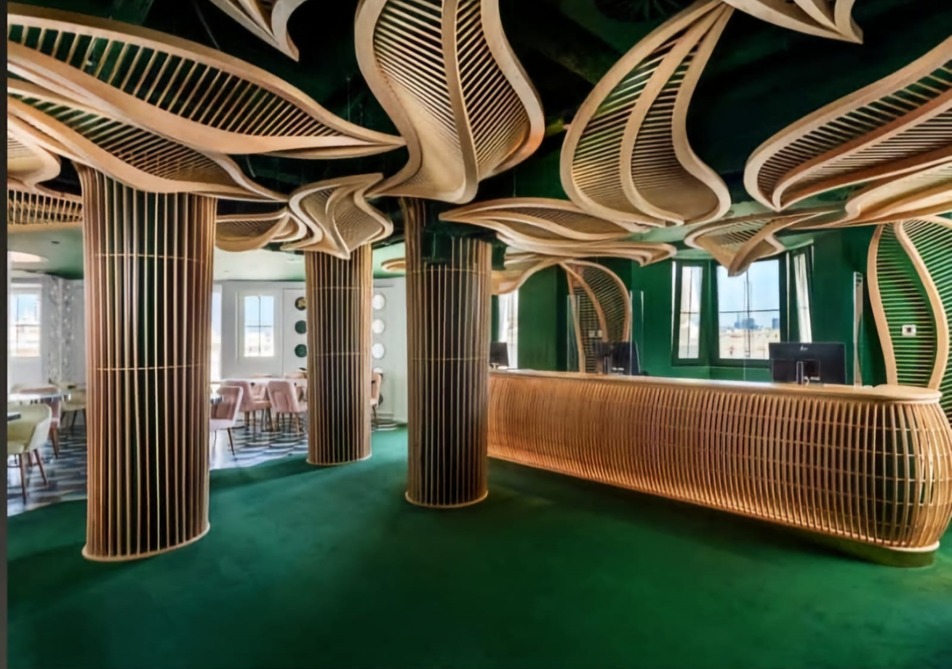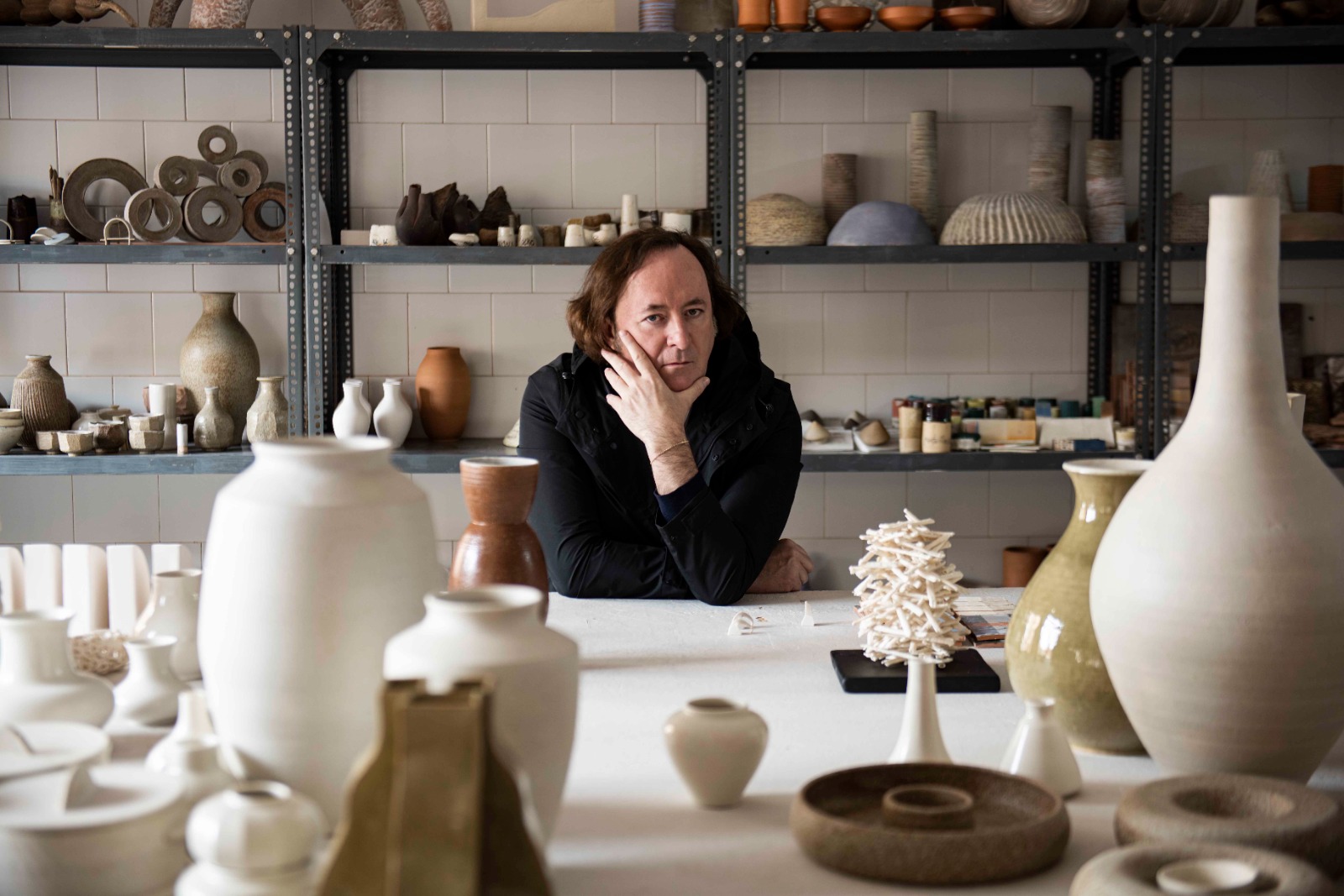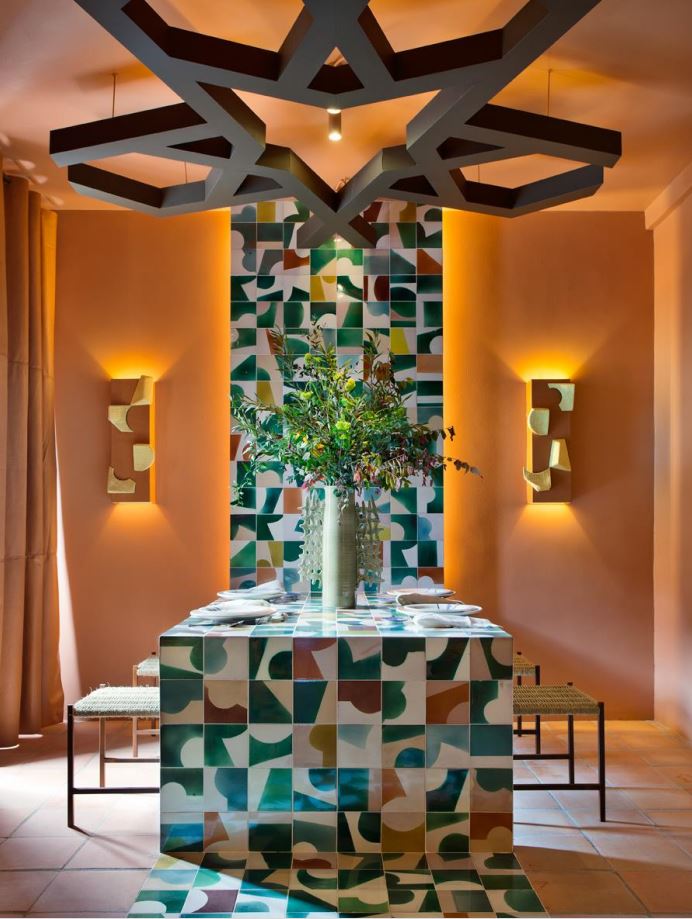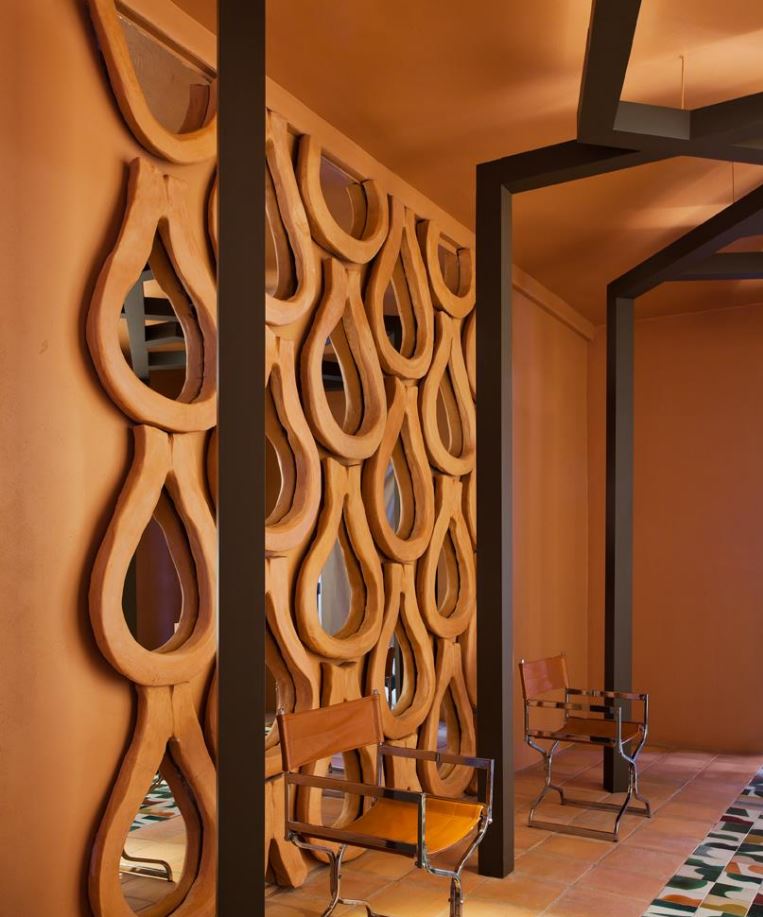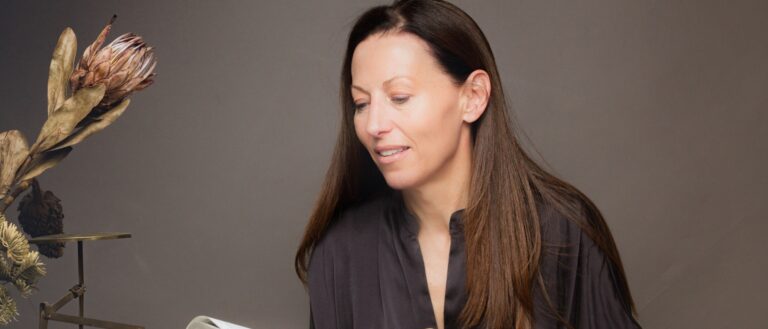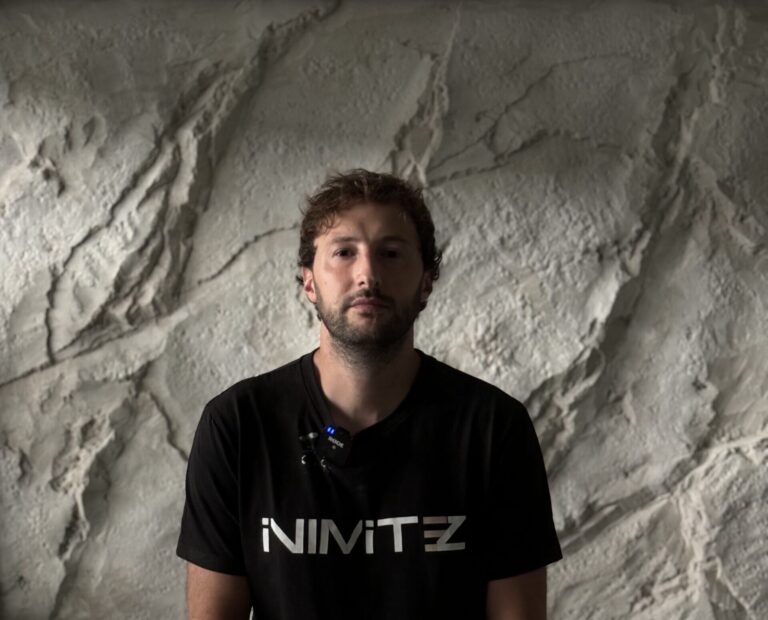Tomás Alía
Wow, Pepita! A craftswoman who makes Spain great. Lagartera was her center of operations; embroidery was her tool; and the dissemination of this work was her well-fulfilled goal, not only through her meticulous work but also through that of her son, Tomás Alía, who, throughout his career, has accumulated interior design awards and recognition for his work promoting Toledo, La Mancha, and Spanish craftsmanship, both within and outside our borders. These "allies" are a perfect tandem with the mission of championing craftsmanship with the most important ingredient: passion, love.
Today, with his mother always in mind, Tomás Alía, the first ambassador of Talavera Ceramics and head of the prestigious Caramba Design Studio, tells us more about his work and his life:
Hello Tomás, what does Lagartera mean to you?
For me, it's a temple, an aesthetic island born of a cultural diaspora. A rural population whose reality is its surroundings and its views of Gredos. The inhabitants of Lagartera define themselves as a "nation or people," and their women are the guardians of an identity related to their beliefs. The text of that identity is realized through the religious patterns they wear on their clothing, known as "labores de Lagartera."

What did you feel when UNESCO recognized the artisanal processes of Talavera and Puente del Arzobispo ceramics as the Intangible Cultural Heritage of Humanity?
I felt it was an example to follow regarding the unique and singular identities of the world. This joint recognition, in concert with that of Tlaxcala and Puebla, was a recognition of the two-way identity, of embracing borders and blurring the space between continents and highlighting the imprint of what constitutes the rich identity of Talavera and Puente.
You've designed the interiors of luxurious hotels, mansions, embassies, sheikhdoms, soccer stadiums... Do you have a preference for any of those projects?
The most important things for me are the small spaces where I've left my thoughts. The design of the Larios Café transformed from sordid, empty, and black spaces inherited from the Madrid scene to multifunctional spaces where the "event" concept was born. It was a turning point in Madrid's leisure scene.
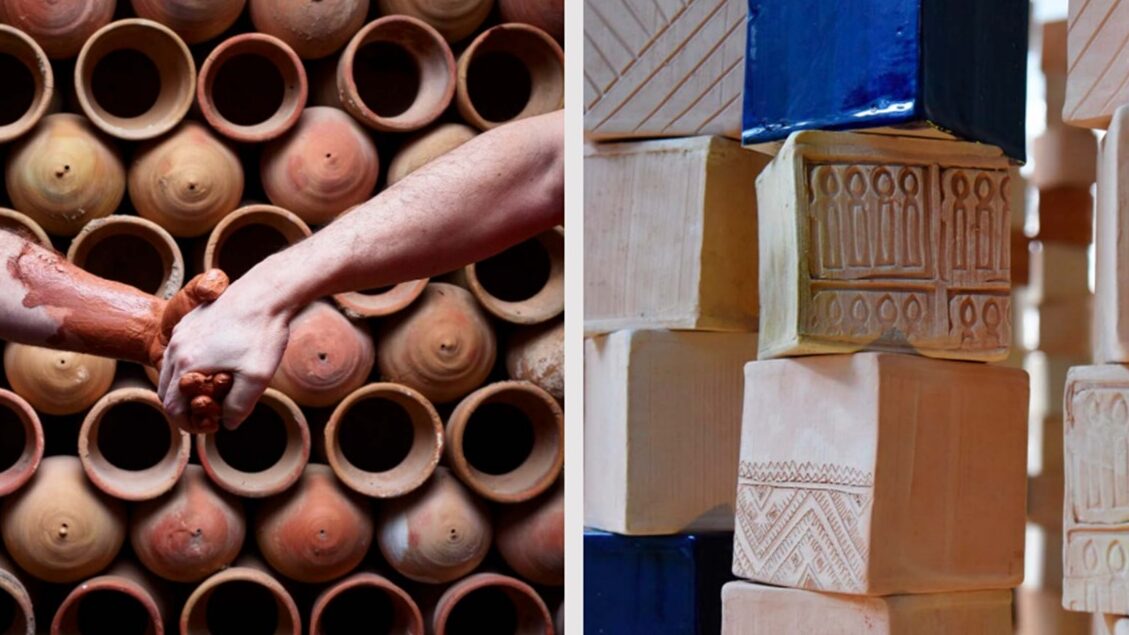
When you're not creating, what hobbies do you have outside of work?
I usually seek out artisans and work with them to create compositional pieces. My world is about traveling and learning about other cultures, but, above all, seeking craftsmanship and inspiration. I love people, travel, expressiveness, and rationality.
Have you had a mentor for whom you have an indelible memory? What is the most important thing you learned from him or her?
Mi gran mentor fue mi madre. Ella siempre decía que hay que defender que no se pierdan las costumbres y la identidad, pero con amor, sin amor no existe nada. Estaba obsesionada con formar a la gente joven. Mi mayor aprendizaje de ella es la transmisión de saberes, la salvaguarda de identidades y la formación y conexión con la gente joven.

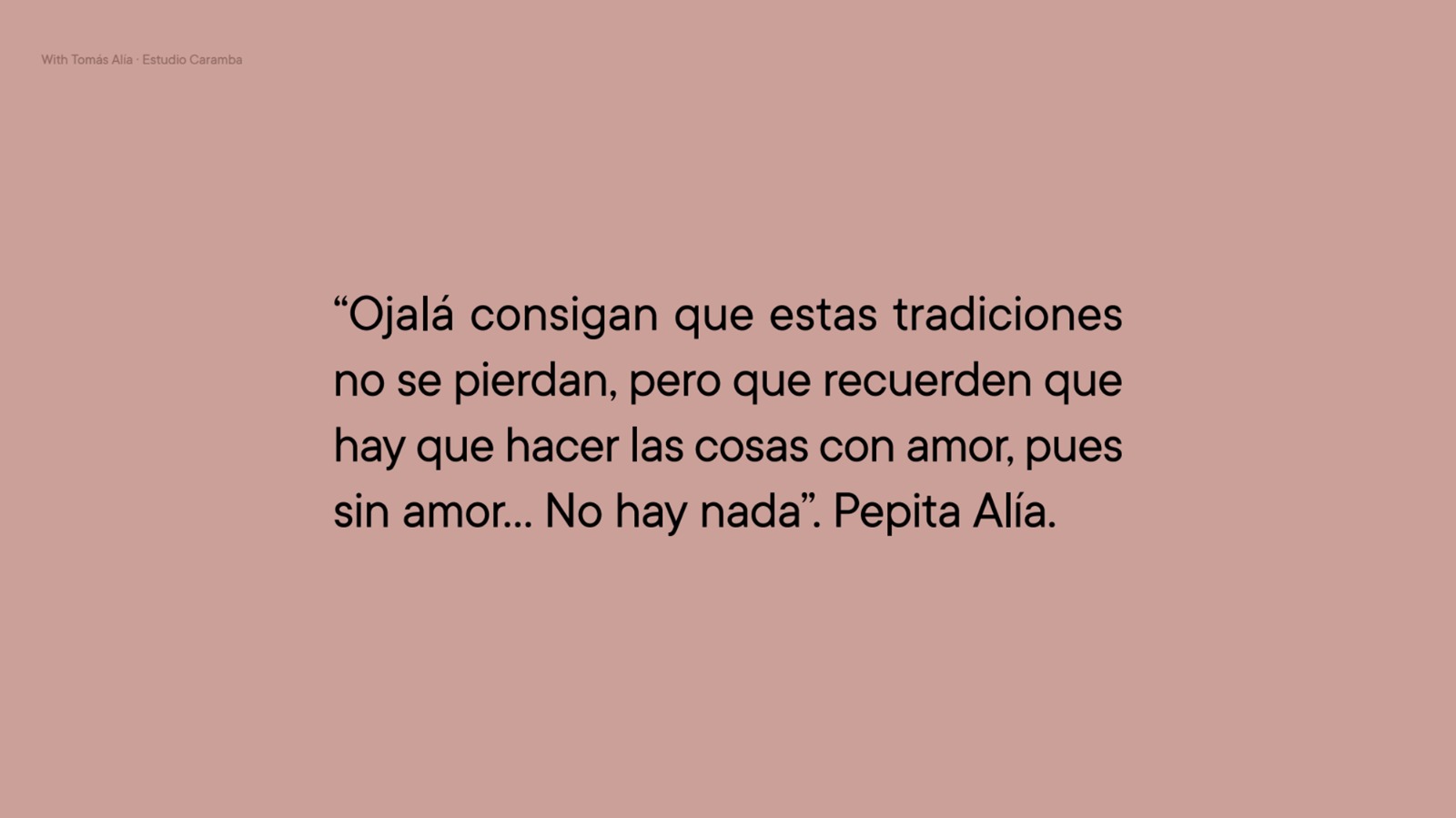
Do you listen to music? What's your favorite style?
Escucho música de todo tipo, pero la música clásica es la que más me eleva buscando la belleza. Me gustan también muchísimo el techno house y todo lo que tiene que ver con la cultura y la música brasileña. Hay una música Indi que me chifla, y por mi relación con Marruecos, hay un nuevo movimiento de música africana que me apasiona.
Do you have a favorite spot in Madrid?
My favorite spots are in my neighborhood, in Las Letras. There's also a quiet, peaceful little terrace in the Hapsburgs district, in front of the Anglona Palace, that captivates me.
If you could invite any Spanish artist from our history to your home, who would you choose?
Without a doubt, Picasso, and I would look at him, and I would spend hours and hours without speaking to him. I would like to see his creative side on a pictorial level, but above all, his magic with ceramics, textiles, his entire creative universe, and that new way of seeing life.
Can we somehow apply the word "craftsmanship" to your creative process in interior design?
Well, it's a word that is latent in my creative process. I examine craftsmanship from a contemporary perspective. I recently gave a talk on the need to apply design to craftsmanship to create those contemporary languages of artisans. I also mentioned the link between art and craftsmanship at the ARCO fair. For me, in every unique project we undertake, it's necessary to draw inspiration from the local artisans of each country. Designing a building in Finland isn't the same as designing a palace in Italy or a relaxation space in Colombia.
What are you proud of?
Anything that has a cultural impact. I wear two hats. One is architecture and design, with Estudio Caramba and the people who work there (architects, infographics, designers, landscapers), and the other is craftsmanship. I'm an ambassador of Spanish artisan excellence and was born in one of the temples of Spanish craftsmanship, where my mother was also a visionary back in the 1960s, an ambassador of aesthetics and beauty related to thinking with the hands. All of this has created in me the need to defend aesthetics, craftsmanship, and the unique plural identity of our country.
You don't have a free second in your schedule. What other professional activities do you pursue that keep you busy?
Well, I work with EDIT Napoli, where I curate eight young industrial designers each year. I'm also part of the Master's in Crafts with the Government of Castilla La Mancha and the General Directorate of Crafts and Tourism of Castilla La Mancha. With the latter institution, I also have artisan projects that lead the conversation about craftsmanship in Spain. For example, at the Madrid Design Festival, where last year we had a double exhibition in Madrid and Milan entitled "Ritorno all'Essenza” (con cuarenta mil visitas en una semana) y este año, también en el Madrid Design Festival hemos puesto una escultura cerámica donde se refleja el abrazo de la comunidad alfarera de Castilla La Mancha, y que ahora viaja a Milán al Museo de Ciencias Naturales Leonardo da Vinci, donde yo seré el diseñador y curador de dicha muestra.
I'm also an ambassador for the Michelangelo Foundation, contributing that artisanal path to the Homo Faber project. And then, separately, the cultural projects with the Royal Foundation of Toledo and the Royal Academy of Fine Arts and Historical Sciences of Toledo.

Our previous guest, José Luis de la Parra, left this question: To reach the top, you often have to obsess over what you do, even if it's not always the healthiest thing to do. Do you know when a passion becomes an obsession? Where is the limit?
If I weren't a designer and architect, I would dedicate myself to fashion, or better yet, to creating heritage textiles, with a creative universe full of women and men working with their hands, weaving, embroidering, dyeing... Creating works of art to bring to museums. I'm passionate about textile heritage; it's in my DNA.
Can you leave us a question for the next protagonist to answer?
Yes. Are you aware of the importance of the hallmarks and uniqueness of our country while developing your work? Does your work consistently highlight this?

